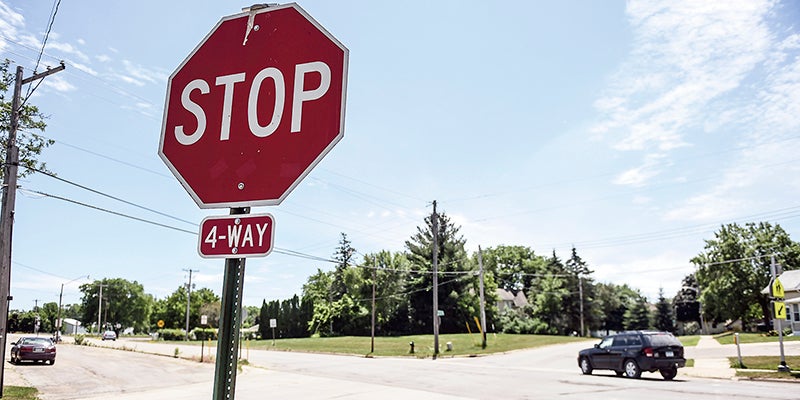Budget deficit could mean cuts to education, city aid
Published 7:47 am Friday, December 3, 2010
With the updated state budget forecast confirming a feared deficit of nearly $6.2 billion, state lawmakers representing the Austin area predict a challenging two-year budget period beginning in June.
The updated forecast includes a $399 million surplus for the budget period that closes in June. But things turn sour later, when the massive deficit sets in. The shortfall represents about 16 percent of the state budget.
Rep. Jeanne Poppe, DFL-Austin, said the legislature will look at several options — including cutting spending and increasing revenue — during the upcoming session to correct the budget problem.
“(Mark Dayton) has continued to say that he thinks there should be a tax-the-rich kind of proposal, and newly elected House and Senate members campaigned on cutting spending in order to deal with the looming budget deficit,” she said.
Poppe speculated that cuts in the Austin area could include Local Government Aid, K-12 education, higher education and health and human services.
Sen. Dan Sparks, DFL-Austin, said cuts made during last year’s session will help towards fixing the deficit, but legislators need to be open to making tough decisions regarding which programs to keep and which to axe.
“At this point everything has to be on the table,” Sparks said. “There’s going to be a need for permanent solutions. There’s a structural balancing problem that we’re going to have to get right to work on in January.”
Making decisions regarding cuts is never easy, but given the new partisan alignment at the Capitol — the GOP will control both legislative chambers and a Democrat is likely to be governor — there is no smooth path to fixing it. Republicans are pressing to cut spending to right the budget while Democrats say new taxes need to be part of the solution.
“The challenge of the next session is that there will be new leadership in all aspects of the legislative body, as well as the governor’s office,” Poppe said. “Certainly the governor is going to be interested in trying to have a balanced approach with finding revenue.”
State revenues are expected to climb by $1.5 billion, or 5 percent. But the state’s spending commitments are on course to rise by $8.3 billion, or 27.5 percent. If all those obligations were funded, the state budget would grow to $38.6 billion for the 2012-13 fiscal years. Part of the disparity is the result of IOUs coming due for delayed payments to schools and to the expiration of federal stimulus dollars, which propped up state programs over the past couple of years.
Some of the extra spending is also attributable to population growth, such as a higher number of students in public schools and more people relying on subsidized health care programs.
The deficit projection comes with controversy. Republicans argue that the number is overblown because it includes automatic increases in programs such as public health care. Democrats counter that the real figure may be higher because inflation isn’t factored in — adding $1 billion more to the shortage, according to the official documents.
Lawmakers and the governor use the twice-yearly projections of tax collections and spending patterns to set the state budget. Forecasted deficits lead them to cut spending, raise fees, take accounting maneuvers and fight over tax increases, while projected surpluses can result in tax cuts and spending increases.
The 2011 legislative session will focus on setting a two-year state budget that starts in July and runs through June 2013. This time, they won’t have the massive federal stimulus package to fill in some of the holes. They’ve also mostly exhausted their menu of accounting moves, such as draining the rainy-day fund and delaying nearly $2 billion in payments to school districts.
Another economic forecast is due by early March.
The Associated Press contributed to this report.





